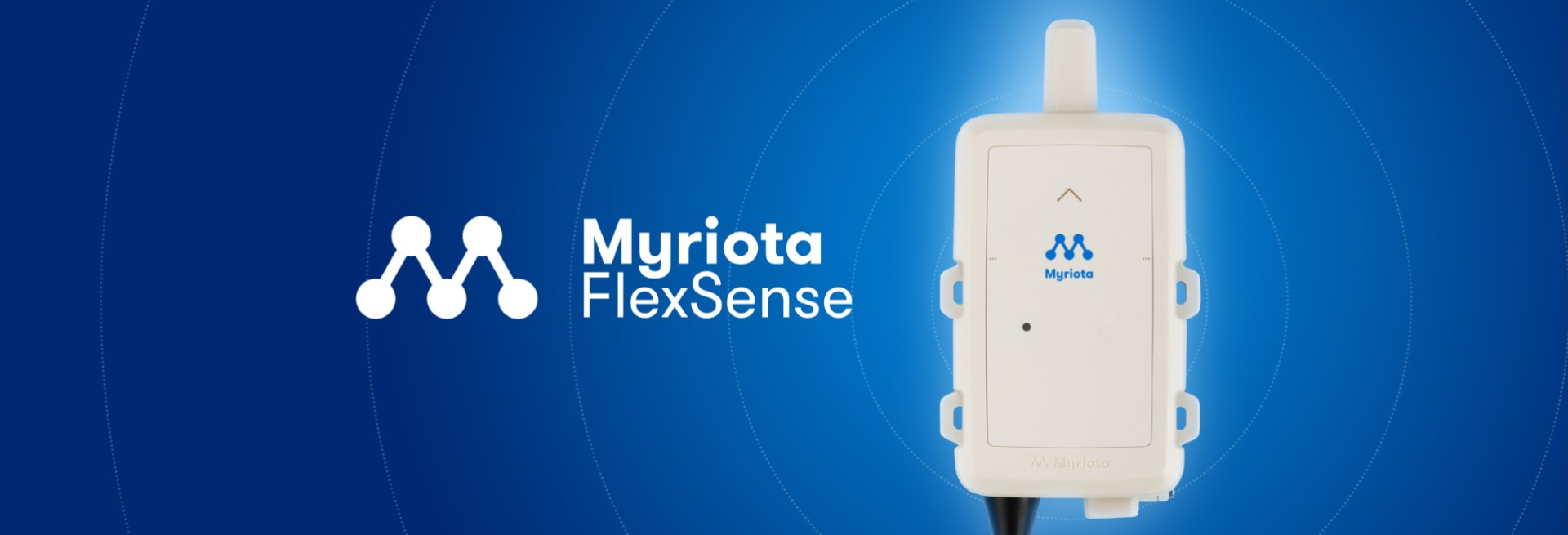Myriota in the News: Sensors of danger will guide soldiers before an operation
Defence Science and Technology

Originally published by The Australian and written by Nigel Pittaway.
One of the major challenges facing military operations today is the prospect of an army having to fight in a large city, where routes of ingress or egress are limited, the environment is complex and congested and there are potentially thousands of civilians intermingled with enemy forces.
In military terms this is known as the contested urban environment (CUE) and it is becoming an increasingly important focus for defence forces around the world as they seek to gain an edge over potential adversaries.
In Australia, the Defence Science and Technology Group (DST) is working on a project that uses the internet of things (IoT) to provide enhanced situational awareness to commanders on the ground.
The IoT refers to a network of physical devices that are connected via the internet, or some other network, to provide an outcome greater than any individual component. In everyday life, examples of the use of this capability include remotely-controlled household objects such as heating and cooling systems, the control of autonomous mining equipment, and the use of sensors in waste receptacles in cities that can determine the rubbish bins to be emptied first.
Dr Christine Shanahan of DST’s Land Division is leading a team using IoT to connect a network of relatively cheap sensors that can be distributed across an area of operations such as an urban environment, to provide commanders with that all-important situational awareness.
Dubbed the internet of military things (IoMT), the concept is being developed in partnership with South Australian-based enterprise Myriota, using commercial off-the-shelf (COTS) technology.
It is being developed in the first instance to detect the presence of harmful chemicals and transmit the information back to commanders on the ground using Myriota’s low-Earth-orbit nanosatellite technology, before troops are deployed into the area.
“Myriota has an IoT data terminal that communicates directly with a low-Earth-orbit satellite, which means we can operate in areas where Army may not yet have set up the infrastructure to move data around,” Shanahan. says
Dr Christine Shanahan, DST
“It’s basically very small devices that can be scattered throughout the area of operations, or alternatively deployed aboard an uninhabited aerial or ground vehicle,’’ she says.
“If they detect something, the information is sent up to the satellite and we then bring it back down into the operational picture, for the commander to make a decision on how they will shape their operation as a result.”
The IoMT successfully completed its first major test during the Five Eyes (Australia, Canada, New Zealand, United Kingdom and US) CUE 2018 series of trials, held in Montreal in September last year.
“We tested the concept of operations with the Canadian Army, so we had the opportunity to send the devices out with the troops and see the information flowing back into the operational picture for the commander,” Shanahan says.
“We now know the data pathways work and our next step is to move the technology forward, harden the system for military use and fully integrate the sensors.”
Shanahan says the IoMT in its operational form will allow other sensors, such as vibration or acoustic detectors, to integrate with the system under “plug and play” methodology.
Other means of transferring data are also under consideration.
“There are multiple ways of linking with Army, whether it’s Bluetooth or wi-fi, or we use satellite bearers,” she says.
“The reason we wanted the low-Earth-orbit satellite connectivity aspect is because we have large rural areas here in Australia and there’s very little technology or infrastructure other than satellite connectivity,” she says.
“But, as the military looks to be dynamic on the battlefield, it will probably use a range of bearers to move that information around.”
